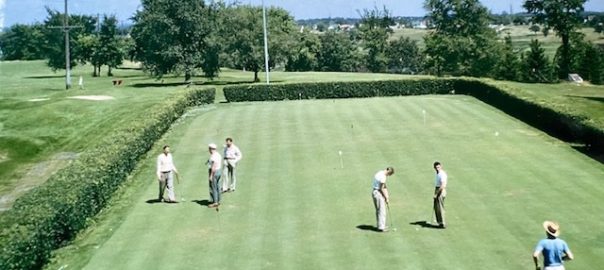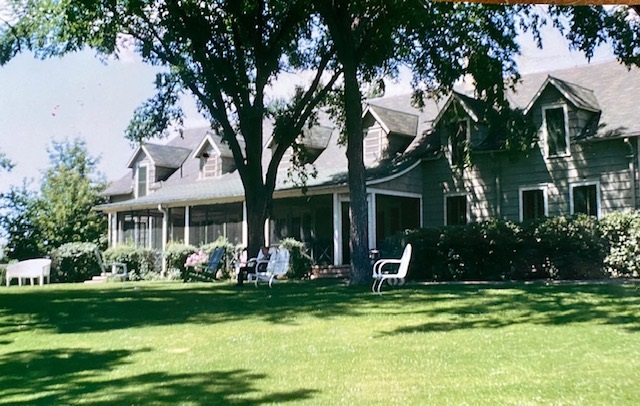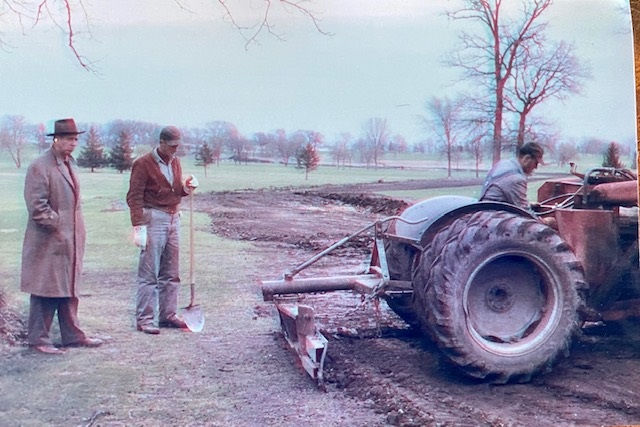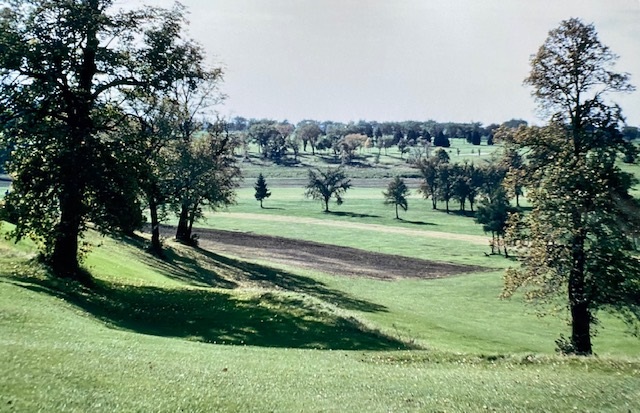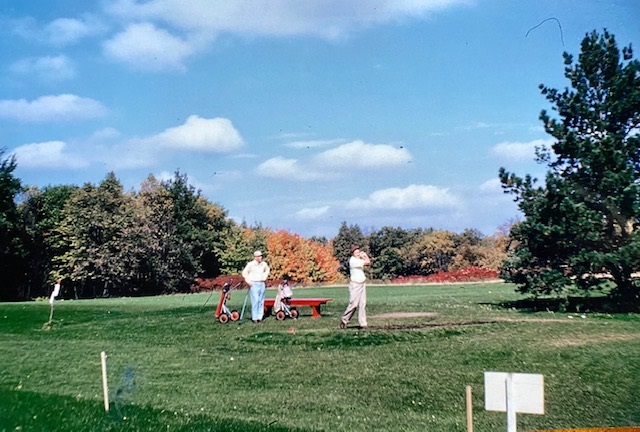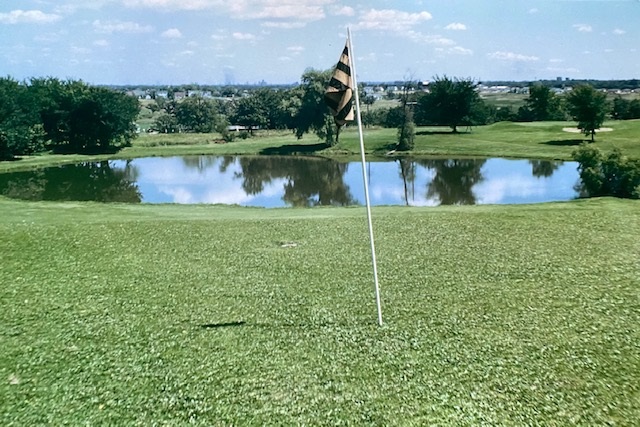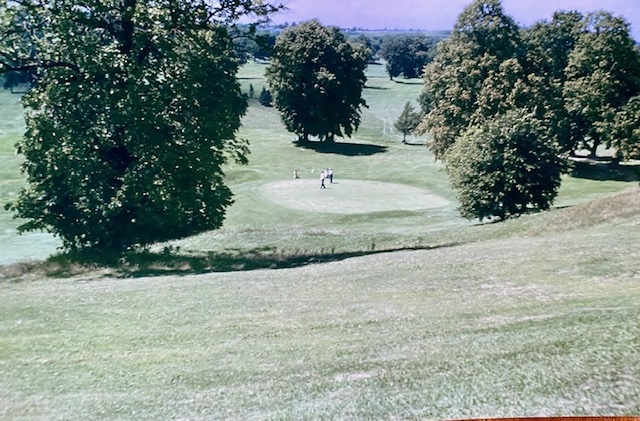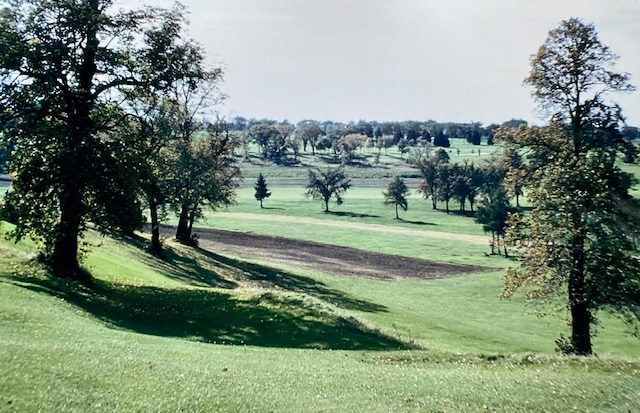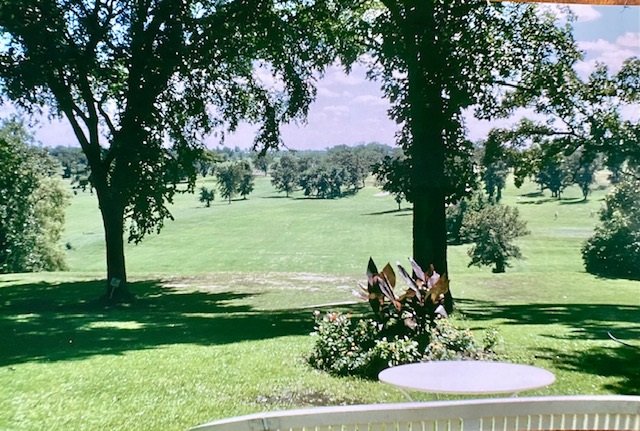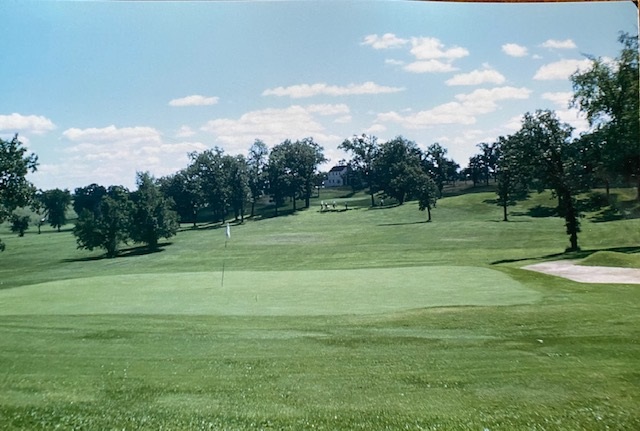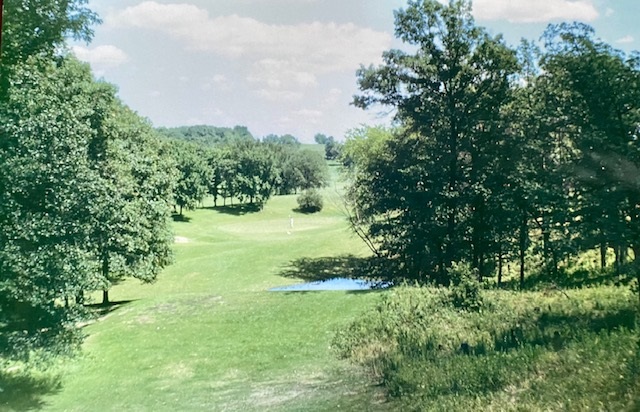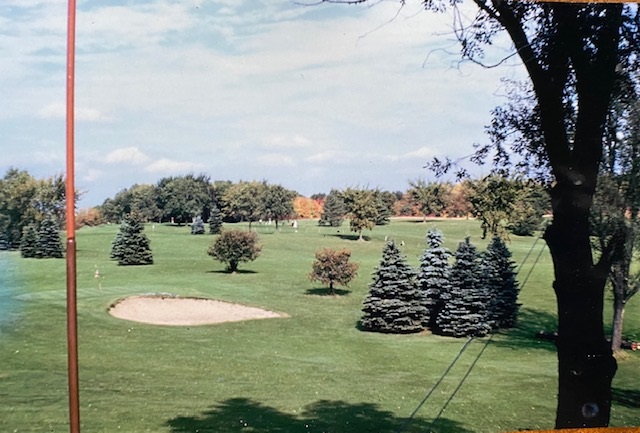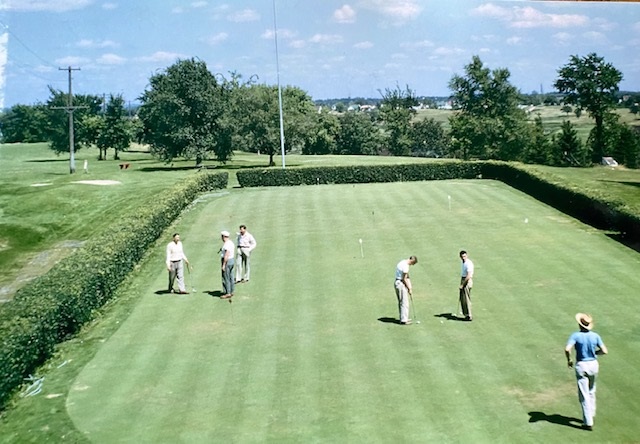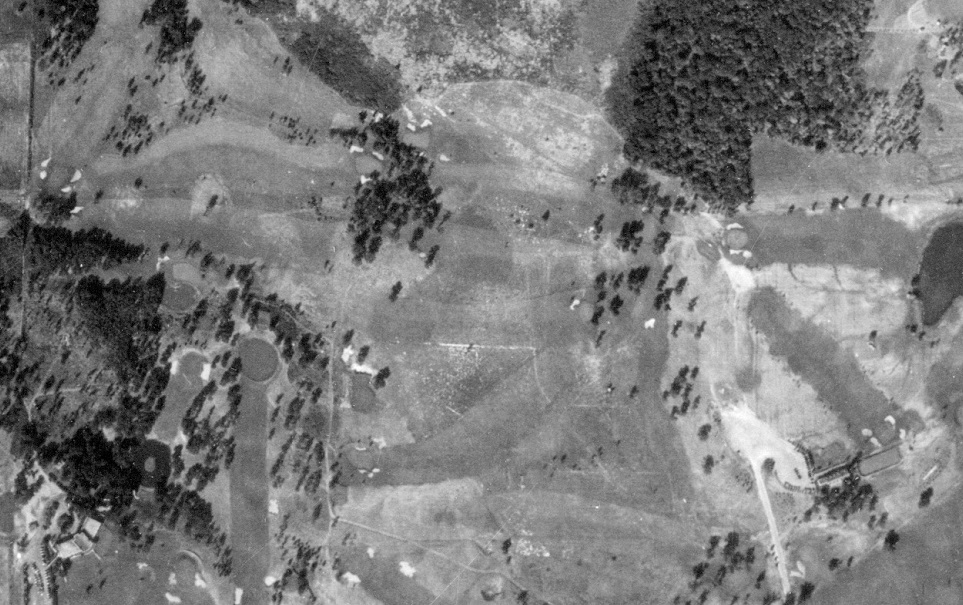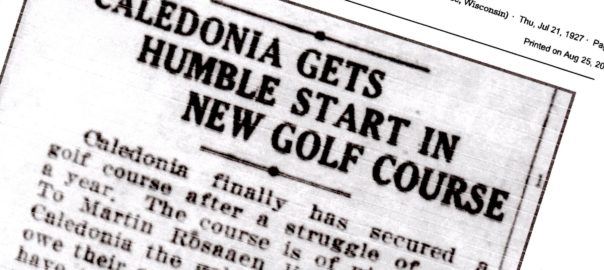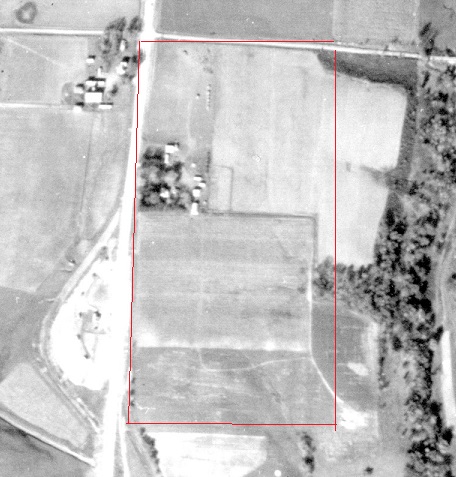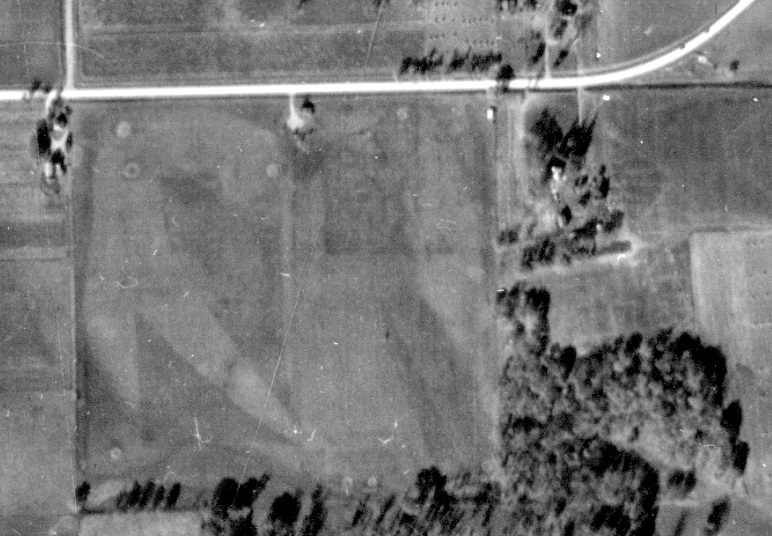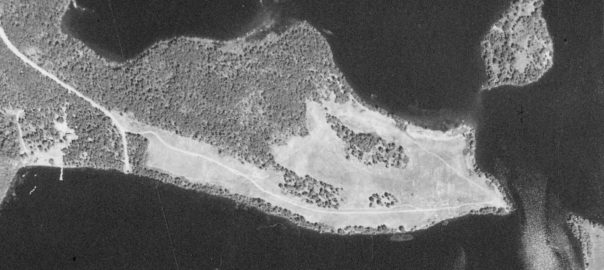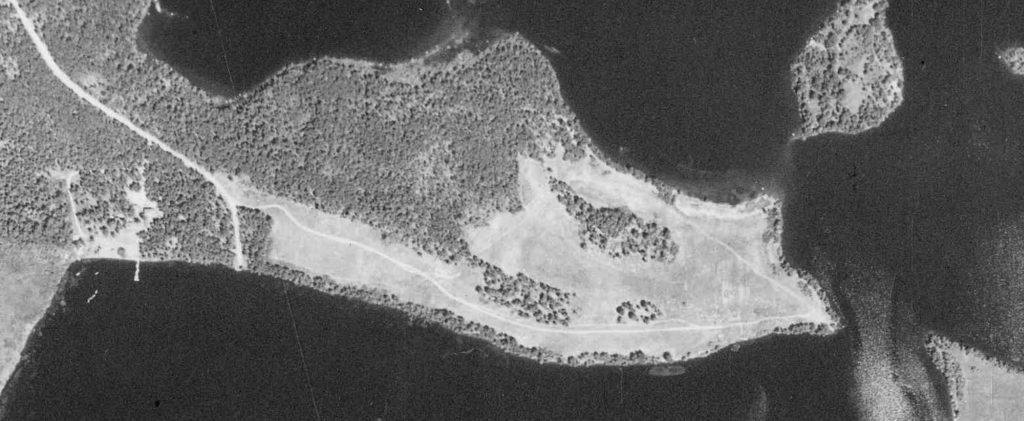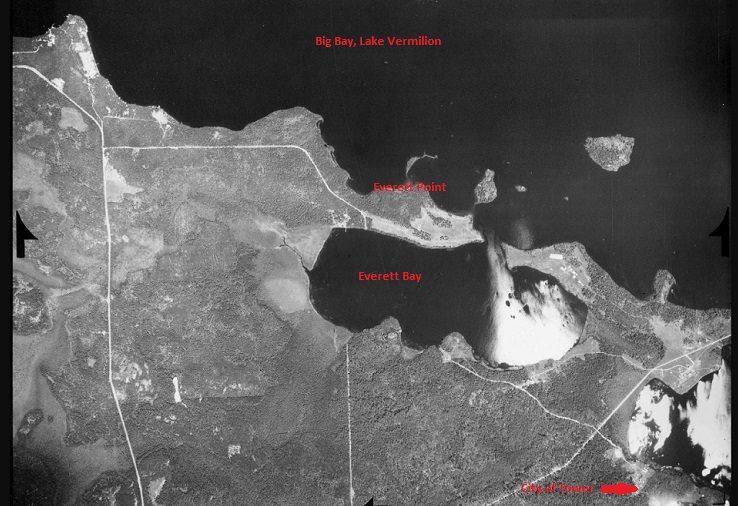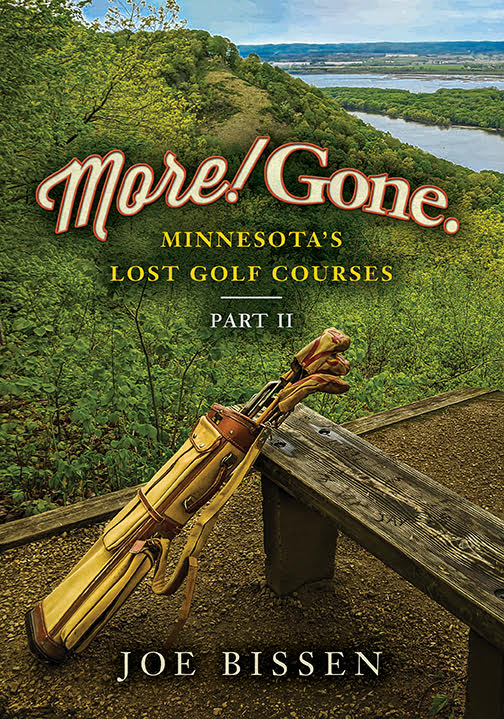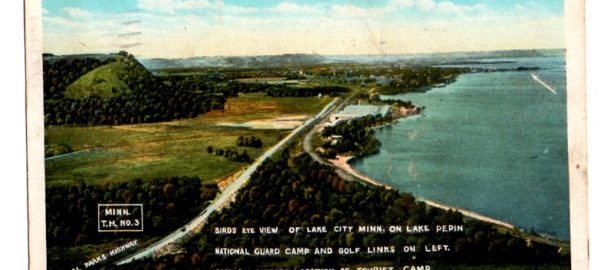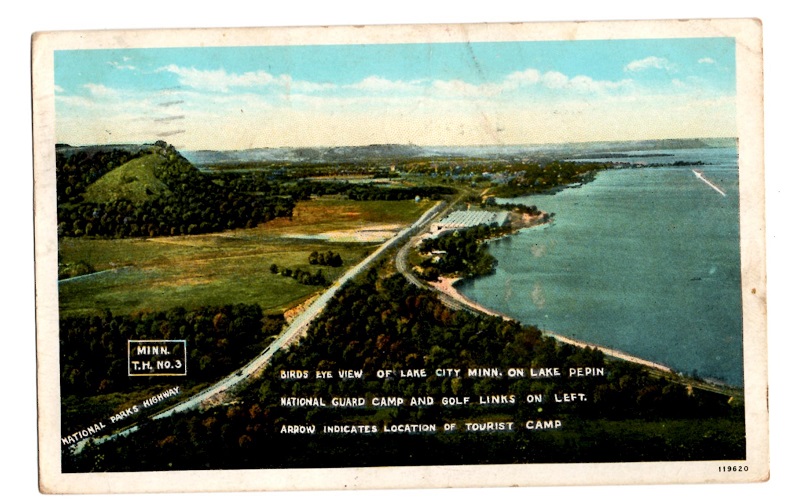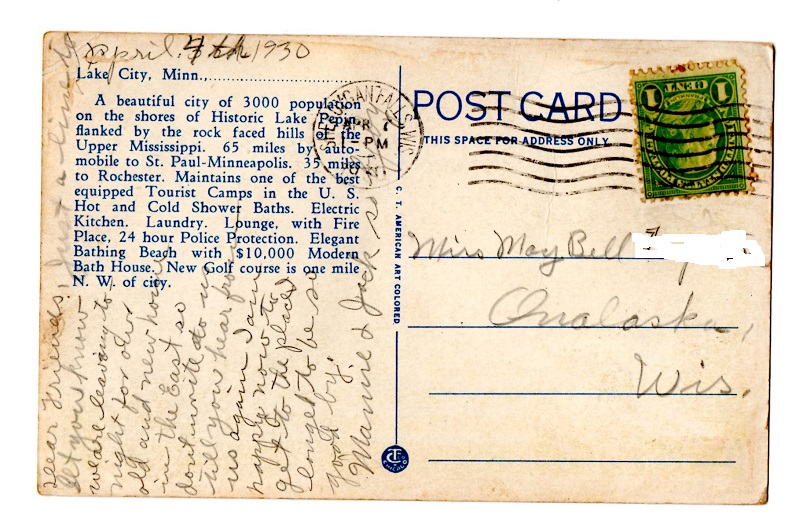Westwood Hills graces us again.
Westwood Hills Golf Course, near the northwest corner of St. Louis Park, had a run of nearly 30 years as one of Minnesota’s best (that’s subjective, but I’m going with it) and most popular (also subjective, also going with it) public golf courses. Its rolling, wooded and, OK, sometimes-spongy former grounds now are occupied principally by a nature center, a schoolyard and many homes and streets.
Many years ago, however, hundreds of west-metro public golfers called Westwood Hills home. As did the McNulty family.
James A. McNulty founded Westwood Hills in 1929, hiring prominent golf architect and professional Tom Vardon to design the course. McNulty named it after a neighborhood in western Los Angeles and established it as an immediate neighbor of Minneapolis Golf Club, which lay just to the south and west. McNulty and family members owned and/or operated Westwood Hills Golf Course for three decades, and some even took up residence in the neighborhood.
Jim McNulty, great-grandson of the golf course founder, grew up on Westwood Hills Curve and in the early 2010s e-mailed me a small trove of photos of Westwood Hills Golf Course. A handful spruced up the pages of my first golf book, Fore! Gone. Minnesota’s Lost Golf Courses, 1897-1999 (it’s a great Father’s Day gift idea, and should you have an inclination to buy it, please buy directly from Amazon rather than a third-party seller). The more I found out about Westwood Hills — visited by the likes of Patty Berg, Joe Louis, Les Bolstad and thousands more — the more smitten I became. It remains my favorite Minnesota lost golf course among the 228 I have identified.
Last month, my e-mail inbox was graced again by a message from Jim McNulty. He forwarded a dozen “new” old photos of Westwood Hills. He has graciously allowed me to share them, so here we go.
I am interspersing the photos with passages about Westwood Hills from Minneapolis newspapers. The sum total is not intended to be a definitive club history, but there are some interesting nuggets.
The photos do not correspond with the text entries or the dates on them. I believe most are from the 1950s.
To Jim McNulty, continued thanks.
The Westwood Hills clubhouse sat on high ground near the corner of what is now Westwood Hills Drive and W. 18th Street. Jim McNulty said the views were impressive, and the subsequent photos will show the vistas and the golf course’s rolling terrain.
1929
Minneapolis Star, June 28: “The Westwood Hills Country club will be opened tomorrow afternoon with Ray and Ronnie Espinosa playing Frank Smeed, course manager, and Ernest Penfold of the Minneapolis Golf club. The exhibition will start at 2 p.m. The course will be open for play after the match.”
Star advertisement, July 12:
PLAY GOLF at Westwood Hills
18-hole championship course
Natural hazards and terrain admirably suited to sporty golf. Creeping bent grass greens. A nine-hole pitch shot course for practicing approaching and putting. Free driving range.
15 minutes from Loop
How to get there — First turn to left after passing U.S. Fox Farm on Superior Boulevard. Two and one-half miles west on Cedar Lake Road.
For Reservations – Call Orchard 9080
1930
Minneapolis Tribune, May 7: “Par on the Westwood Hills fee golf course has been increased from 71 to 72, following enlargement and improvement of the links. … Hole No. 13 now has a water hazard. Hole No. 14 has been lengthened from 420 yards to 575, and is now a par five instead of par four.”
1934
Star, April 13: “Next Sunday will be a gala day at Westwood Hills golf club when the next nine holes, completing a 27-hole layout, will be inaugurated and Lester Bolstad will make his formal debut as a professional. … Westwood Hills is the only course in this section that has 27 holes in its layout.”
Tribune, April 29: The Tribune’s Chandler Forman detailed the new nine holes, which were mixed with some old ones. Thirteen new holes were created, six of them on the old second nine. “The course is laid out over many acres of beautiful and rolling terrain,” Forman wrote.
Highlights:
“No. 20, 355-yard par 4 – This was constructed from the old thirteenth, and beautified by filling the lake in front of the tee with water. One of the strongest holes on the course, with a high hill to carry, as well as the water hazard.”
“No. 22, 540-yard par 5 — A double dogleg and the feature hole of the course. Very narrow tree-lined fairway. White birches, pines, oak and huge elms.”
“No. 24, 380-yard par 4 — An ideal type of hole, tough for a low handicap player and fairly simple for the dub. A good golfer can take a chance and cut over trees at elbow, while the dub has an easy route around.”
Star, Sept. 13: “Les Bolstad, club professional, established a new course record on the first and third nines of the 27-hole layout at Westwood Hills Golf club Tuesday, putting together a 33 and a 34 for for a 67 to be four under par figures. He was playing with Bob Meyers of Interlachen.”
1939
Tribune, May 6: “Patty Berg, Minneapolis’ little uncanny wizard of the fairways, hung up another women’s golf record Friday when she toured Westwood Hills in 73 strokes, only one over men’s par. Patty moved over from Interlachen with her father, H.L. Berg, Lee Lockwood and Marsh Nelson, to practice at Westwood for her exhibition golf week match there next Tuesday with Gunnard Johnson, Bea Barrett and Bill Kaiser of Louisville.
“(Berg) finished with a sensational four on the long par five eighteenth, which would be par six for women as it’s nearly 550 yards in length. The women’s national champion laid an iron shot three feet from the cup for an easy four.”
Berg termed Westwood Hills “really remarkably good for a public course.”
Star-Journal, Aug. 13: The newspaper reported that total yardage on the 27 holes was 9,405, and that 100 men were members. “The women’s group, organized in 1936 with 20 members, now limits its membership to 65 and has a constant waiting list.
“Lester Bolstad, then pro at the club, helped the women organize. He and Gunner (sic; it was Gunnard) Johnson, the present pro, have developed both this group and the Ladies’ Tuesday Evening Group …”
In this photo, the Minneapolis skyline can be seen on the horizon.
1943
Tribune, June 1: “Over 450 golfers played Westwood Hills Monday as Russ Welch, Len Peterson and Charles Vrooman won 36-hole Memorial Day medal play prizes.”
Morning Tribune, May 1: A small ad served this notice: “In respectful memory of John C. McNulty, Westwood Hills Golf Course will not be open today.”
John and James McNulty were in the grain business and co-owners of Westwood Hills GC. James, listed at this time as “still owner” of WH by the Star, died in March 1945 in Glendale, Calif.
1946
A March 3 Tribune story noted that “three residential additions are being platted, one taking nine holes from Westwood Hills golf course for 150 lots, the homes to be sold in the $12,000 to $15,000 class.”
By 1946, the course was advertised as 18 holes, but an October 1947 Star story noted that construction had started with an intent “to open three nines next spring.”
1947
Star, March 22: ” ‘Please,’ moaned Pat Johnson, ‘tell ’em to stop ringing my phone.’
“Manager of the Westwood Hills golf course, Johnson has been swamped with telephone calls since The Star reported Thursday that Westwood might become a private club this summer.
“Every golfer in town wants to join, apparently.
“But Johnson said today that no decision will be made on whether the club will be public, private or semi-private until the matter of an estate is settled. … Westwood might remain a public course anyway, because the club did well financially a year ago, and R.J. McGuire, present owner, contemplates no change.”
On June 20, 1947, McGuire took out a classified ad advertising his stone rambler. “Sacrifice for quick sale,” the ad read in part.
I confess I hadn’t heard of McGuire before this, but I believe Robert McNulty and John McNulty became Westwood Hills’ owners shortly after this ad appeared.
1949
Star, April 8: “Westwood Hills golf course was open today … on 12 holes of its 18 holes.”
The note was intended simply to say early-season conditions kept the course from being fully open, but it serves notice that WH was an 18-holer by then.
1950
Star, July 11: “John McNulty probably doesn’t know it, but he’s growing lettuce on his Westwood Hills golf course. Owner McNulty just opened three new holes on the first nine. But these fairways were used as farmland during the war, and despite the reconditioning job, an occasional lettuce leaf peeks up through the sod.”
Stories have been told about golfers getting lost while playing at Westwood Hills and straying onto the adjacent, private grounds of Minneapolis Golf Club. And vice versa. On Aug. 23, 1950, the Morning Tribune, in coverage of the U.S. Amateur being played at MGC, wrote: “Two women golfers apparently got lost as they were playing Westwood Hills, which adjoins Minneapolis Golf club. Carrying their golf bags, they wandered up to the 10th green. But they must have decided they didn’t care to play before a huge gallery, because they turned and went back to Westwood.”
1953
Tribune, July 26: “Ole Williamson set a new course record Saturday at Westwood Hills golf course.
“Williamson scored a 66 on rounds of 32-34, a new standard for the layout since it was changed a few years ago.”
On July 12, a Tribune story on Bolstad, the former pro at Westwood Hills and now a legendary figure in Minnesota golf, led with a recollection from Herman Berg Sr., father of future LPGA legend Patty Berg, taking his young daughter to Westwood Hills to work on her short game and practice out of sand. “She already had a swing,” Bolstad said.
1954
A Star story in April suggested co-owner John McNulty (with brother Bob) would be listening more seriously to offers to purchase the course, citing the tax burden. The course consisted of 18 holes, and a 16-tee lighted driving range was being built.
Westwood Hills’ practice green was distinctive. Situated just to the east of the clubhouse, it was surrounded by a hedge.
A 1937 aerial photo, taken from the University of Minnesota’s John Borchert Map Library, shows the hedged practice green as a lightly shaded rectangle near the bottom right corner, with the clubhouse alongside to the left (west). Holes on Westwood Hills fan out in different directions, notably to the west and slightly north, on what is now Westwood Hills Nature Center. Also visible are some greens on Minneapolis Golf Club, as well as the clubhouse, in the bottom-left corner of the photo.
1956
The Tribune noted in June that a new green fee schedule had been set: $1.60 for 18 holes weekday, $1.90 Saturday-Sunday.
1957
Westwood Hills and the city of St. Louis Park are in negotiations to sell all or part of the 27-hole course. Play continued through the season, with a plan to divide the land among a nine-hole municipal course, a park site and residential development.
1961
Tribune, June 2: “Westwood Hills golfers watched curiously while a band of ducks casually waddled across the fifth fairway.”
That is the last mention of Westwood Hills as an operating golf course that I know of. Sixty years later, at least one green site is still visible, hidden among trees and brush in the Westwood Hills Nature Center.
As the saying goes, Westwood Hills Golf Course had a good run.
